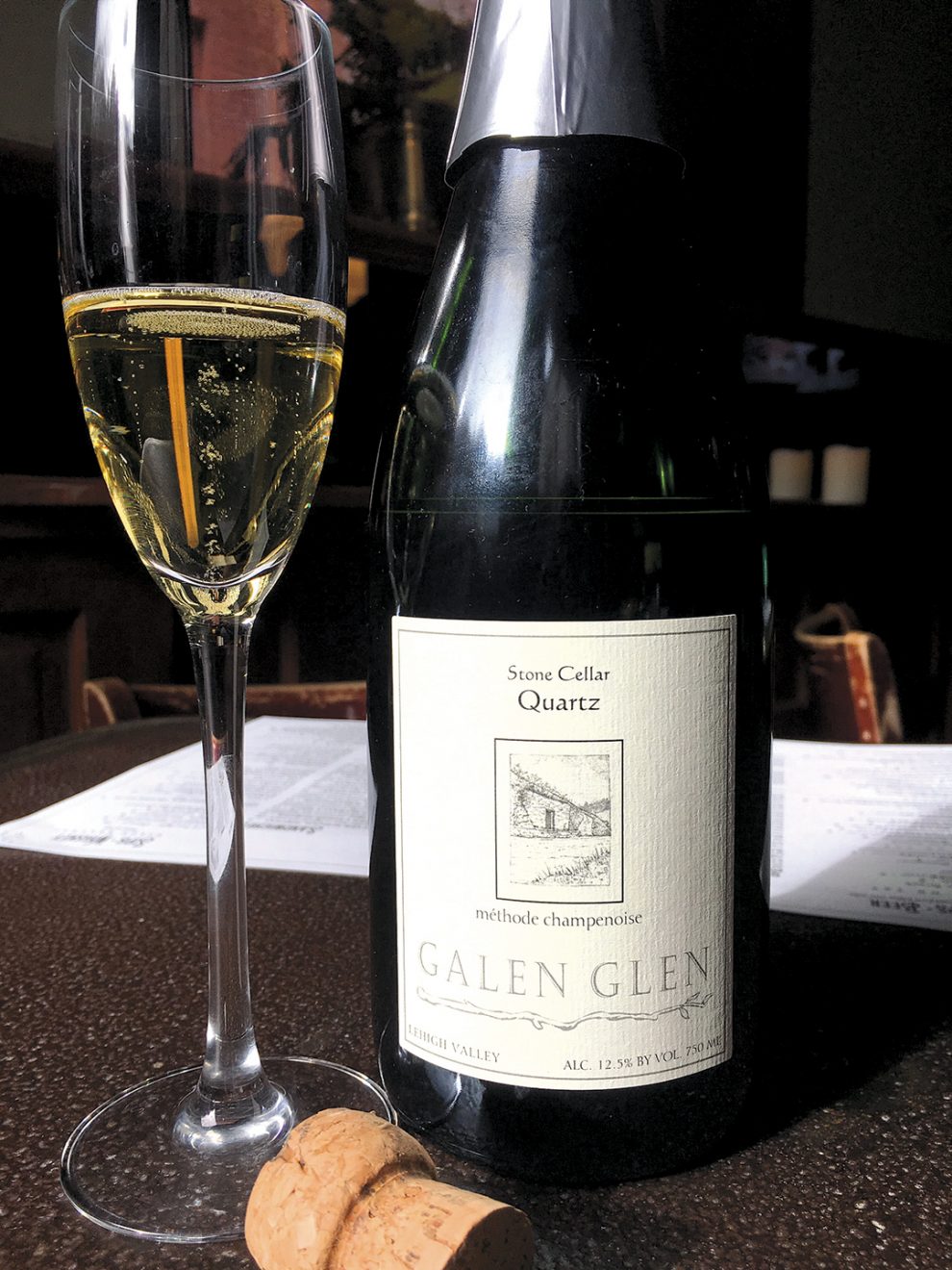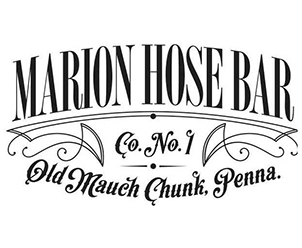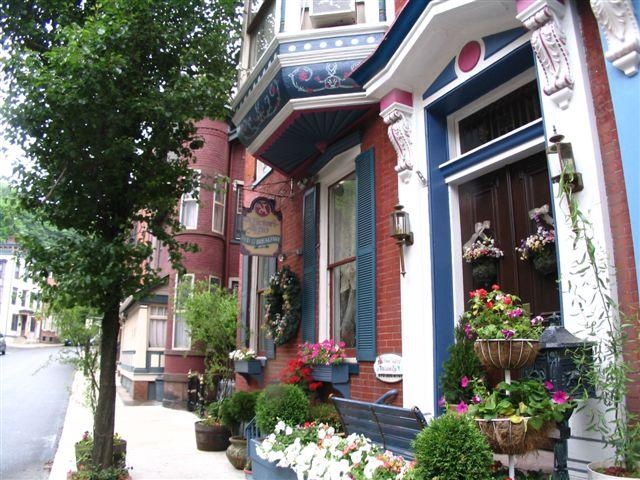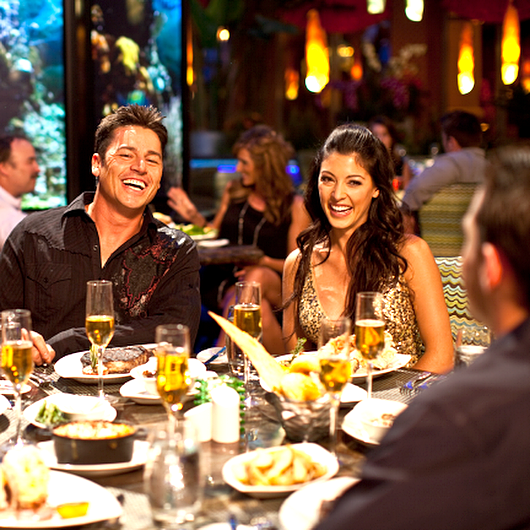By Aillinn Brennan • Special to The Current
Champagne, a wine region in northeast France produces the sparkling wine known as “Champagne” made from blends of the Pino Noir, Pino Meunier and Chardonnay grapes. A Champagne made from Chardonnay is called a blanc de blanc, one made with red grapes is called a blanc de noirs.
The term cuvée on a bottle means the wine is a blend, which most Champagne is. Terms describing a Champagnes level of sweetness are brut dry, sec semi sweet, and doux sweet.
Holiday bubbles are made in other places too. In Spain, it is called cava. In Italy, spumante and here in the US simply sparkling wine.
How does it get to be sparkling? There are several ways to make wine sparkle but méthode Champenoise is used by most premium sparkling wineries. This method involves four basic stages: primary fermentation, secondary fermentation, riddling and disgorgement.
Primary fermentation creates a base wine, which is dry and still (has no bubbles) and can be aged and or blended to create the cuvée.
At secondary fermentation the cuvée is bottled with yeast and sugar added to commence another fermentation. During this process as the yeast consumes the sugar some additional alcohol will be made but more importantly the bubbles! The bi-product of this process are lees, spent yeast cells, which will sink to the bottom of the bottle and form a sediment. Wines that spend additional time aging on lees take on a creamy richness and additional flavors develop.
The next step, riddling, which ends with the bottles being upside down where the lees sediment will make its way into the neck of the bottle and a yeast plug will form.
Now it is time to finish the wine. Disgorgement, or removing the yeast plug is explosive business! By this stage the pressure in the bottle can be up to 115 lbs. per square inch, and corks have been clocked at 60 mph! The process begins with submerging the neck of the bottle into freezing liquid creating a wine ice shield that prevents the yeast from falling back into the wine when the bottle is turned right side up. Once the wine is upright, the cap is popped off and the pressure from the wine forces the yeast plug out.
Before the carbonation escapes the wine is topped off with a dosage, a solution of wine and sugar, and at this stage the wine will become brut, sec or doux. Then the big cork we love to pop is placed in the bottle and secured with the wire cage.
Time to toast and taste! Galen Glen Winery in Andreas is recognized internationally for the fine wines they produce. Less than 9 miles from Jim Thorpe is their gorgeous vineyard where a fantastic brut, méthode Champenoise is produced. Stone Cellar, Quartz is a beautiful deep straw color with lively tiny bubbles which rapidly ascend in the glass. On the nose is buttered toast, lemon sorbet and a hint of honey. When you taste it, the rich creaminess is there, complimented by peach, apple and nectarine flavors AND bubbles, bubbles, bubbles! Let’s toast to the season and celebrate méthode champenoise!
Aillinn Brennan is proprietor of The Marion Hose Bar located at 16 W. Broadway in Jim Thorpe.
For more visit www.marionhosebar.com



























Add Comment